Faces of the White Mountains: Katherine Sleeper Walden
This series will highlight important figures in the White Mountains, both past & present.
If you’ve ever driven through Wonalancet, summited Mount Katherine, East or West Sleeper, gazed down into ‘the Bowl’ or traipsed along the Kate Sleeper Trail, then you’re one of many silently indebted to Katherine Sleeper Walden.
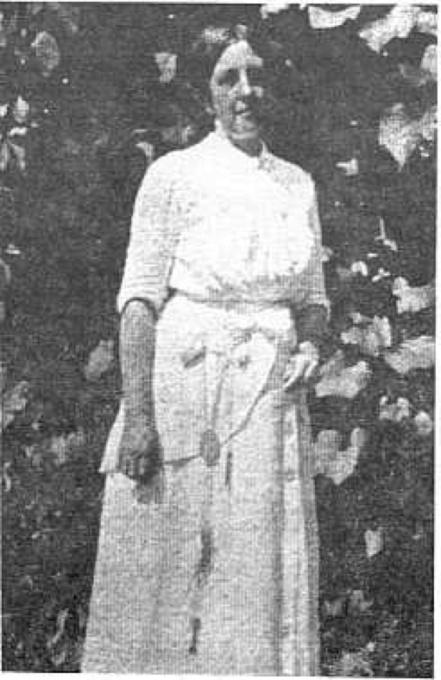
Innkeeper extraordinaire, Kate Sleeper
Photo: Wonalancet Outdoor Club Archives
Kate Sleeper was born in the Boston area in 1862 and raised in a setting rich in education and community involvement. She had frequented the Chocorua area of Tamworth during vacations, visiting friends and family for many years. Evidently she was so enamored with the area that during one of these visits she decided to go into business for herself, by moving to the area and opening an inn. In 1890 a six hundred plus acre tract was secured and Wonalancet Farm as it was named had begun to take form; it rose to regional prominence, hosting countless tourists, outdoor enthusiasts and distinguished members of society into the 1930s.
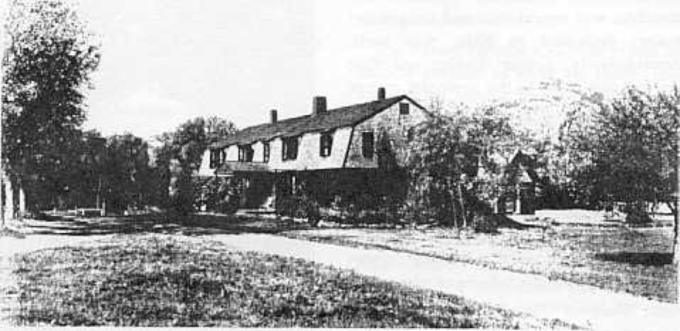
Wonalancet Inn
Photo: Wonalancet Outdoor Club Archives
One of Kate’s most lasting contributions to the outdoor industry was the formation of the Wonalancet Outdoor Club, an institution that still operates vibrantly to this day. As an innkeeper, Kate was especially aware of the desires of tourists to visit the peaks of the area. The practice of trekking as a form of amusement and entertainment was gaining notable momentum in the late 1800s, driving a mass influx of city dwellers to the White Mountains and calling for an infrastructure to meet their needs. In August of 1891, AMC President Charles E. Fay and Councillor William Ladd were guests at Wonalancet Inn, and Kate capitalized on an opportunity to leverage their influence. By their guidance, local farmers and residents formed the Wonalancet Outdoor Club stating, “Its purpose shall be the building and maintenance of paths, to improve the place and develop its natural beauties…”
Visit the Wonalancet Outdoor Club’s site here: www.wodc.org

East Sleeper’s summit
The Bowl is a stunning glacial cirque encircled by Mounts Passaconaway, Whiteface and the Wonalancet Range well known for harboring rare old growth hardwood forest preserved in its depths. This can be attributed partly to the efforts of Kate Sleeper as well. The greed of the timber barons of the late 1800s and early 1900s is legendary; clear cutting thousands of acres at a time at a shocking speed left the White Mountain region littered with slash, ravaged by massive fires, and subject to erosion and unstable water flow. After several initial defeats, an impressive local movement driven by concerned citizens and much lobbying by clubs and businesses, the Weeks Act of 1911 was passed, enabling forest reserves to be set aside for the formation of a National Forest. Kate worked extensively to protect the Bowl, which was eventually added to the White Mountain National Forest as an inclusion of the Sandwich Range within its boundaries. The Bowl Natural Research Area, as it has been designated, has served extensively as an ecological resource of great study; its scientific value as a primary forest cannot be overstated, especially as a reference to the primarily second growth forest of the rest of the White Mountain Region.
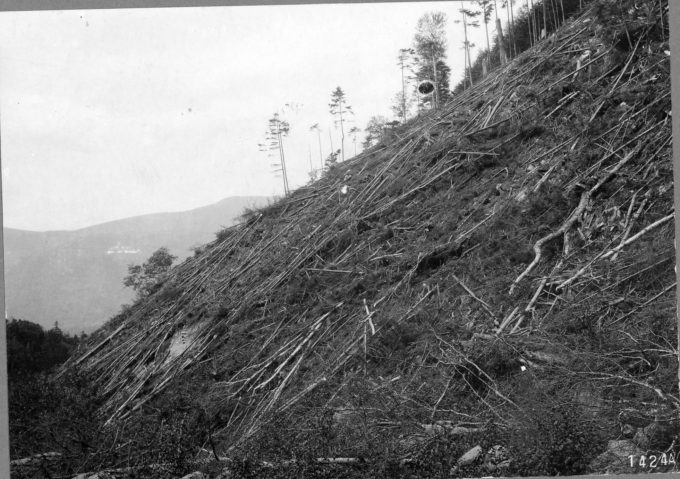
Logging Slash
Photo courtesy Dave Govatski
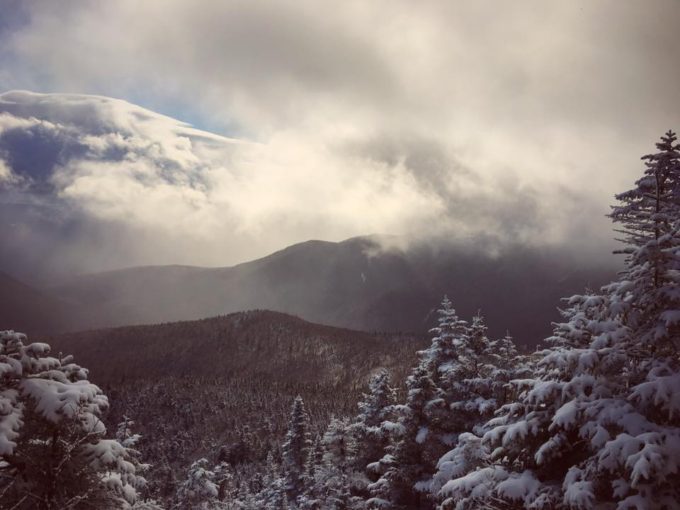
View Into the Bowl from the Rollins Trail
Kate continued to be an instrumental figure in conservation, community and promotion of the enjoyment of the White Mountain National Forest, and the gifts of her efforts are still very much cherished to this day.
About The Author
Elizabeth Kane
Elizabeth’s love for the White Mountains is unparalleled. Despite working 40-50 hours/week, she manages to spend every spare minute in the Whites and her knowledge of the trail system is impressive. Her pup, Katahdin has likely logged more hours on the trails and tagged more summits than most do in their lifetime. On any given day, you can find Elizabeth hiking, trail running, fly fishing, climbing, mountain biking, or backpacking. She considers the White Mountains her home.
BRAND AMBASSADORS
Calling all talented writers, photographers and creatives with a passion for the outdoors to join our Brand Ambassador Team.
CONTACT US TO GET STARTED

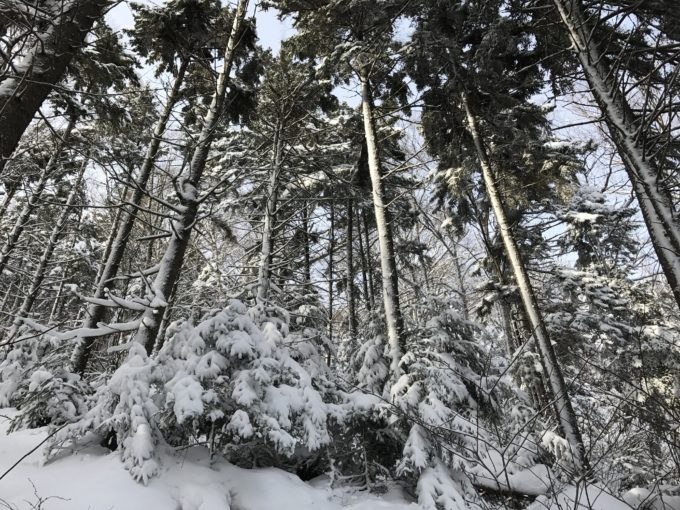
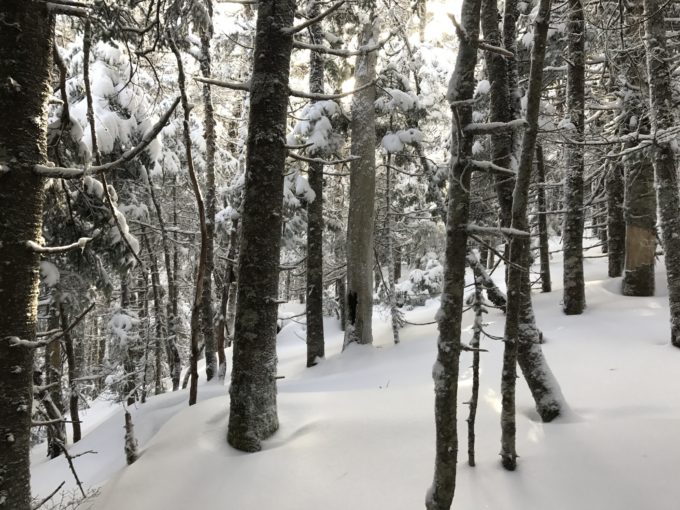
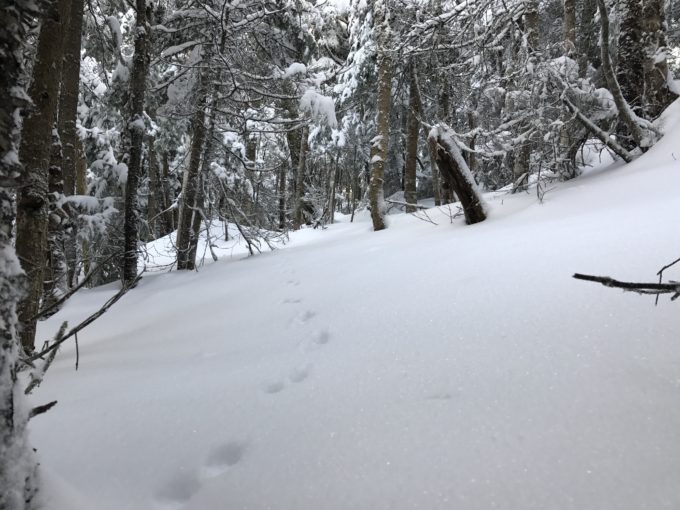
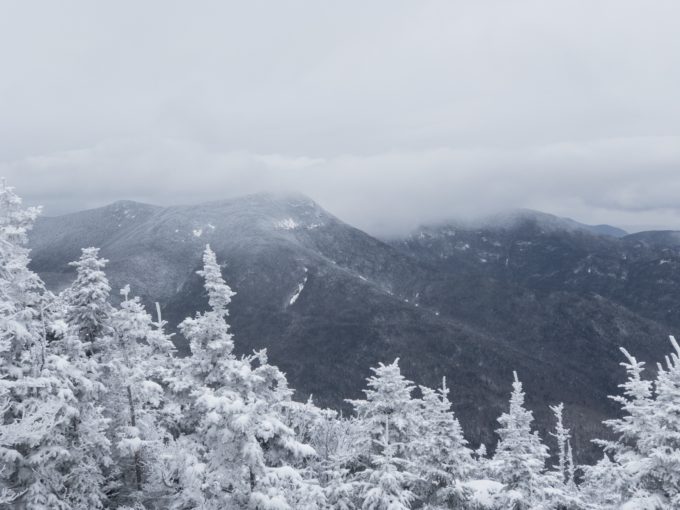
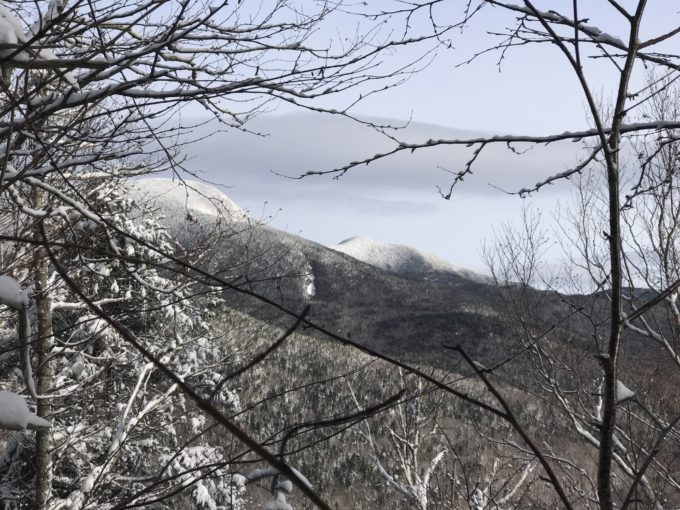
 We are proud to work with the Department of Agriculture, the White Mountain National Forest and the Androscoggin Ranger District where we are authorized outfitter guides.
We are proud to work with the Department of Agriculture, the White Mountain National Forest and the Androscoggin Ranger District where we are authorized outfitter guides.
